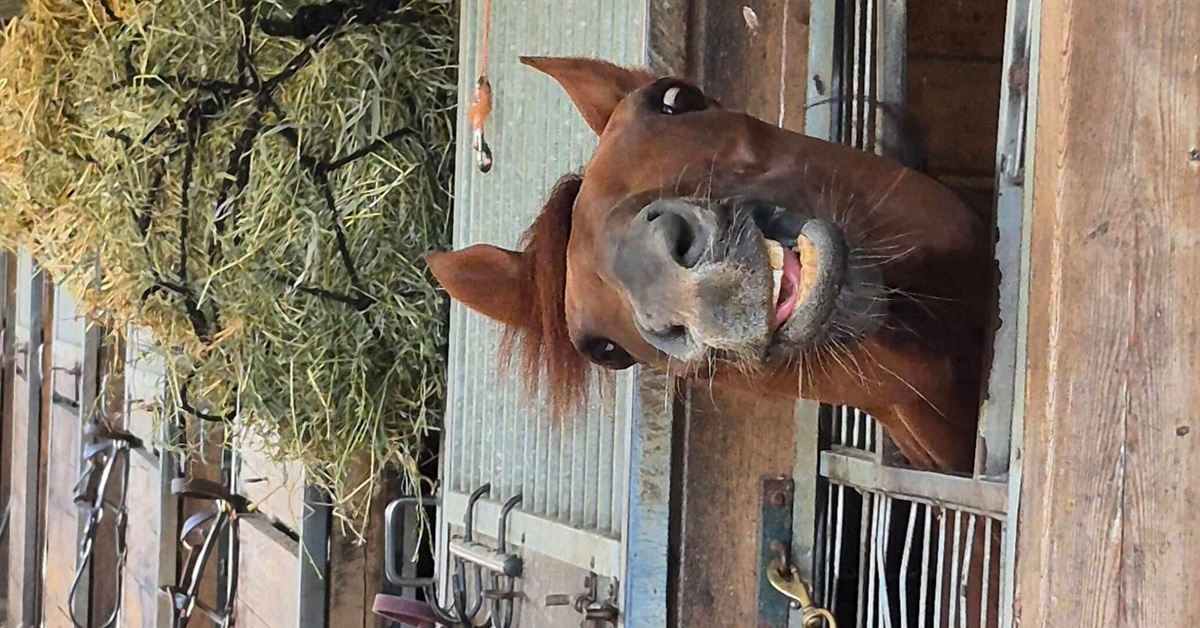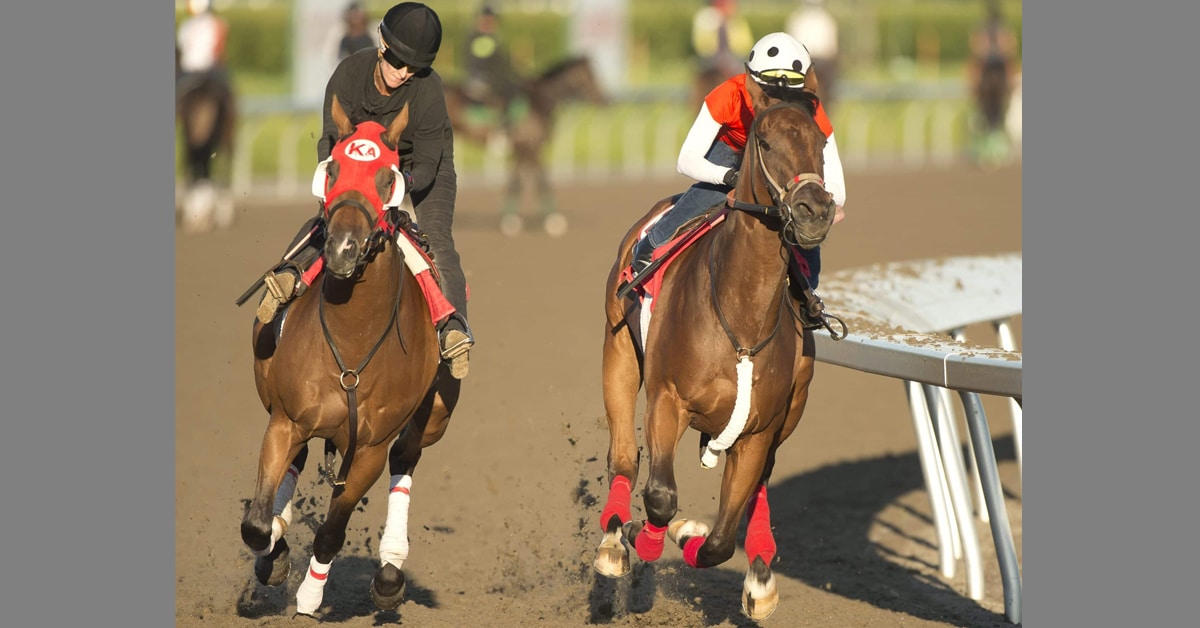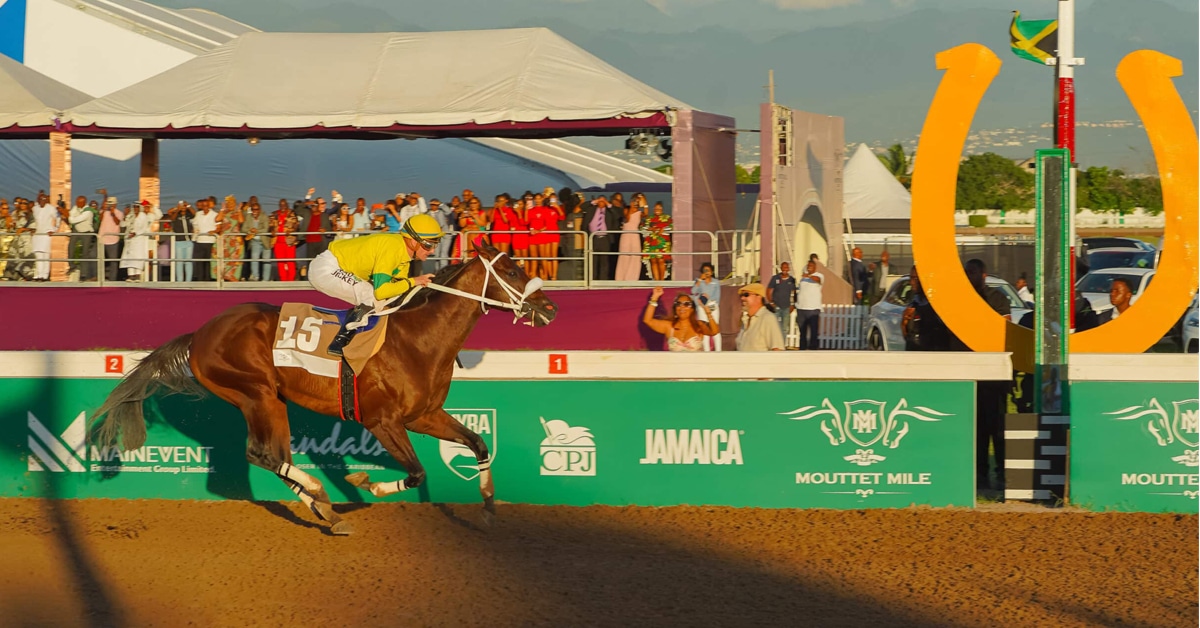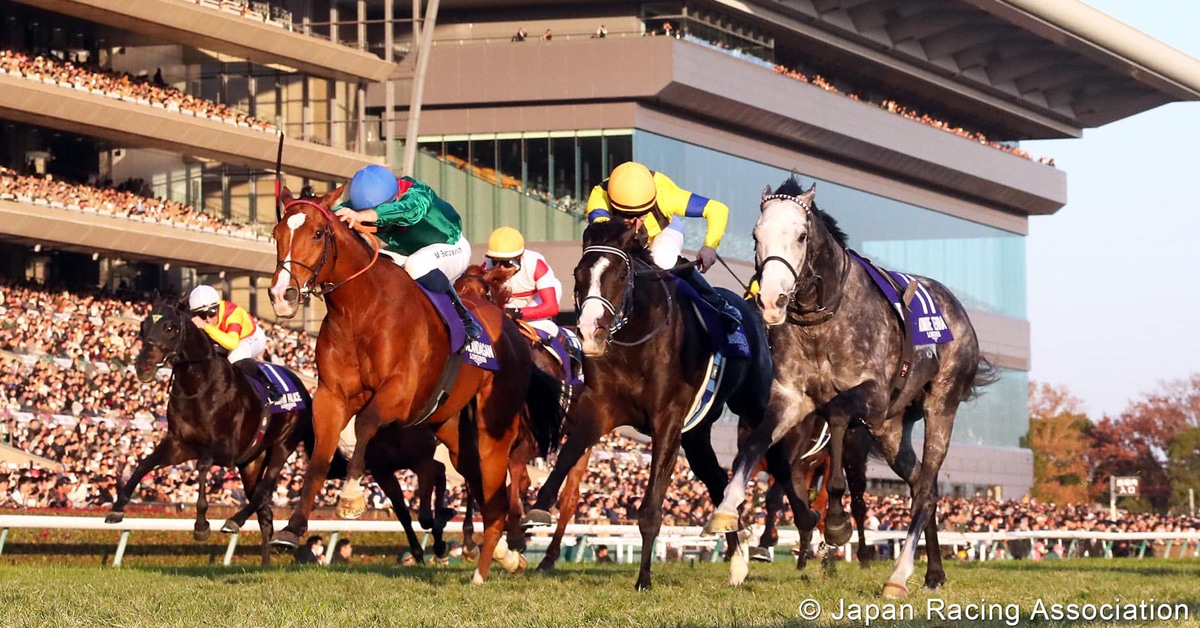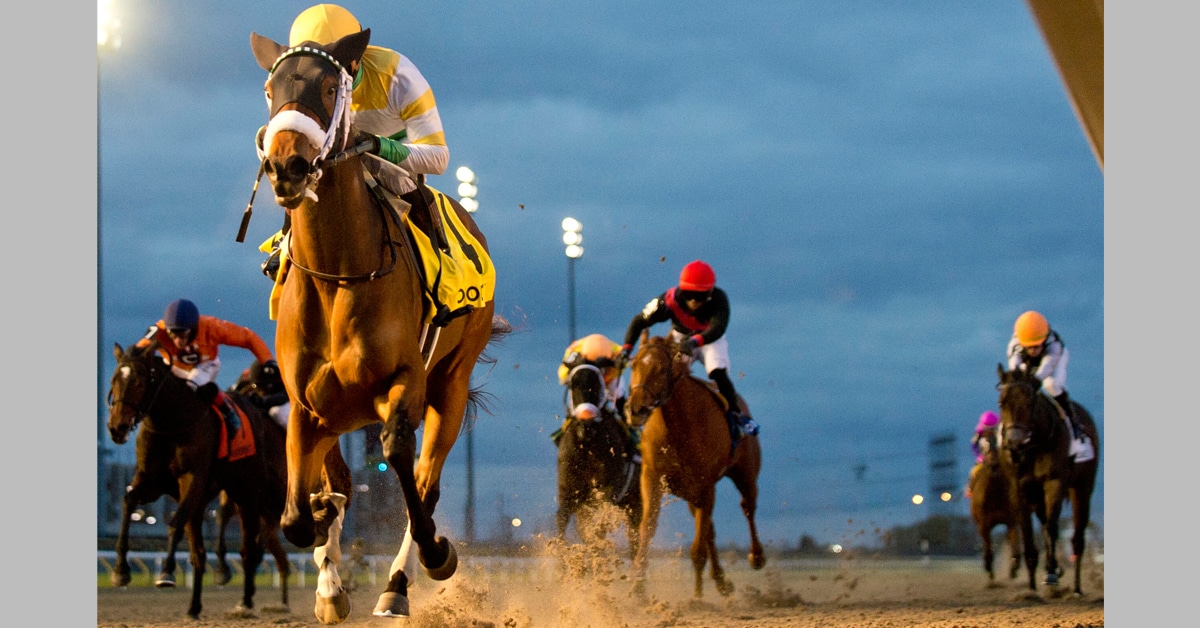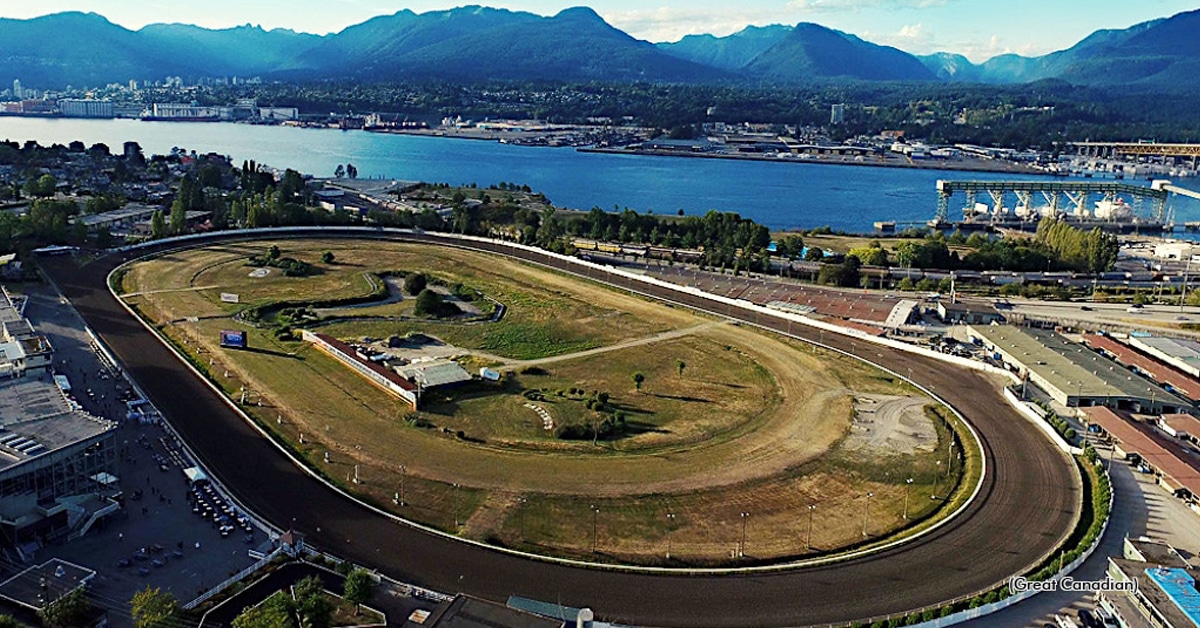The much-anticipated Drummond report, issued February 15th, ahead of Finance Minister Dwight Duncan’s budget next month, lists 362 measures for helping to reduce the province’s $16-billion deficit. One of Don Drummond’s recommendations is to allow slot machines at facilities outside of casinos and racetracks. This move would impact the horse racing industry significantly in Ontario.
In 1998, the Ontario Government and the Ontario Horse Racing Industry Association (OHRIA) initiated this partnership to allow slot machines in the province’s licenced racetracks in order to promote live horse racing and benefit the agricultural sector.
As part of slots-at-racetracks program, the horse racing industry receives 20 per cent of the total slot revenues, with 10 per cent going to track operators and the other 10 per cent going back to the industry in the form of investments in breeding, ownership and racing. Host municipalities also receive a portion of the revenues. They receive five per cent from the first 450 machines, and two per cent for each additional slot machine.
Last year, the Quarter Horse, Thoroughbred and harness racing industries received close to $345-million. The Finance Minister said this subsidy is “not sustainable” and will be reviewed when the contracts expire in 2013. “We are considering if government should be in a specific line of business or service delivery,” said Duncan. “If not, then we will get out of that business.”
“The OLG slots-at-racetracks program is not a subsidy, it is a successful revenue sharing partnership between the Government of Ontario, the Ontario Horse Racing Industry and the municipalities that host OLG slots at racetracks,” countered Sue Leslie, president of the Ontario Horse Racing Industry Association, in a statement issued February 13th.
Responding to these possible changes, OHRIA highlighted some key points from a November 2011 report on the economic impacts of Ontario’s horse racing industry:
• Ontario’s Horse Racing Industry employs an estimated 60,000 Ontarians and pays a total of $1.5-billion dollars of wages and salaries each year in Ontario. The horse racing industry is the second largest sub-sector of the agricultural economy.
• Over the last decade, annual expenditures by the horse racing industry have increased by 67 per cent to $2-billion dollars in 2010, from $1.2-billion in 2000. Approximately 80 per cent of this expenditure occurs in Ontario’s rural agriculture communities where it provides much needed economic growth.
• Government revenue from Ontario’s horse racing revenue has increased by 27 per cent over the last 10 years with the province of Ontario receiving $261-million dollars a year from industry not including OLG profits from slot machines.
“Eliminating the OLG slots-at-racetrack program would substantially reduce jobs in rural Ontario and take $138 million dollars of funding from the municipalities that host OLG slots at racetracks,” said Leslie. “We are hopeful the government of Ontario will recognize the damage that would be done to both the rural and municipal Ontario economy if they were to change or reduce the OLG slots revenue sharing program.”
Visit https://canadianthoroughbred.com/thoroughblog/ for more information, thoughts and opinions on this subject.
More News
